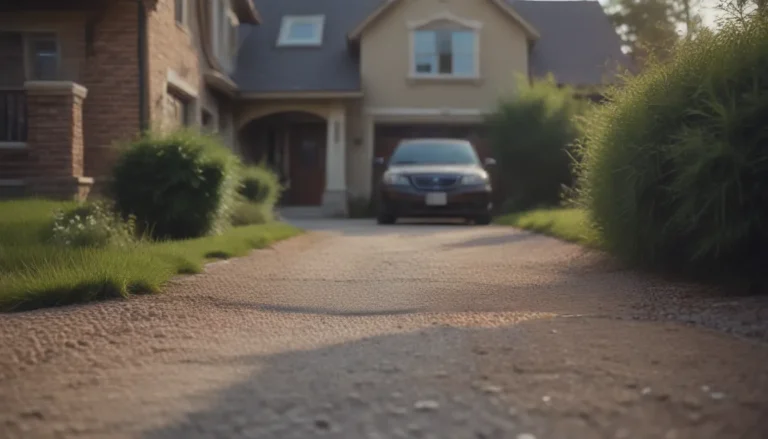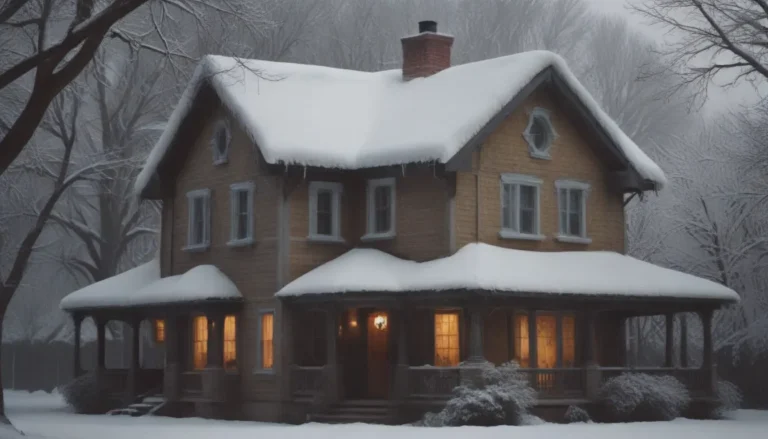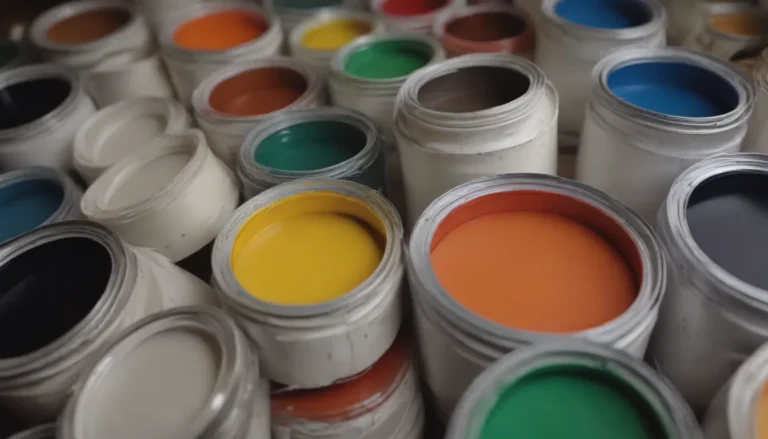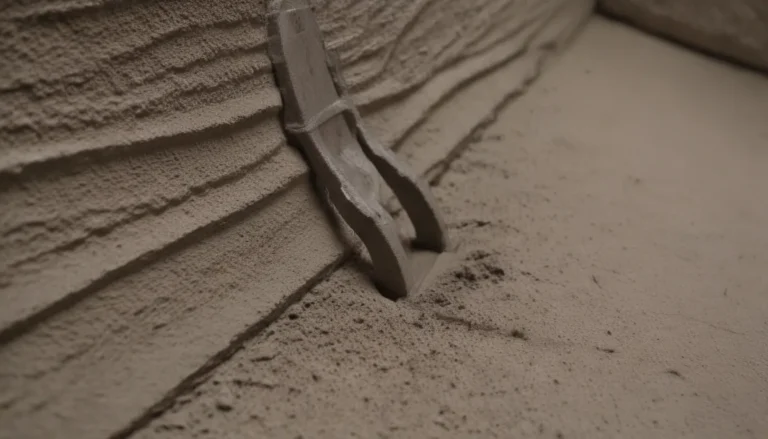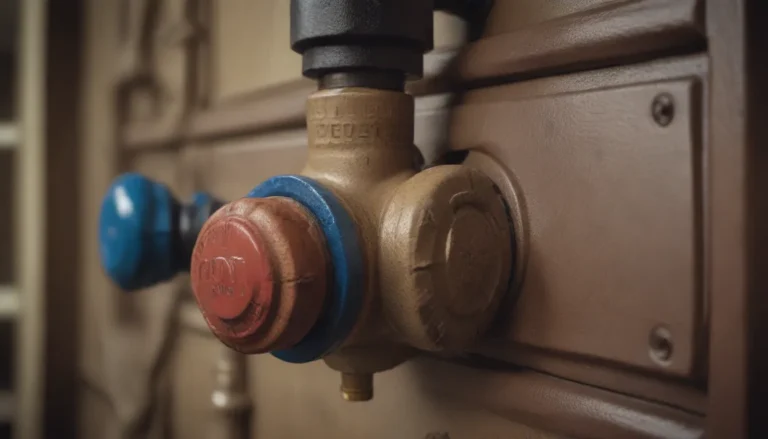Understanding Rough-In Plumbing: A Comprehensive Guide for Homeowners
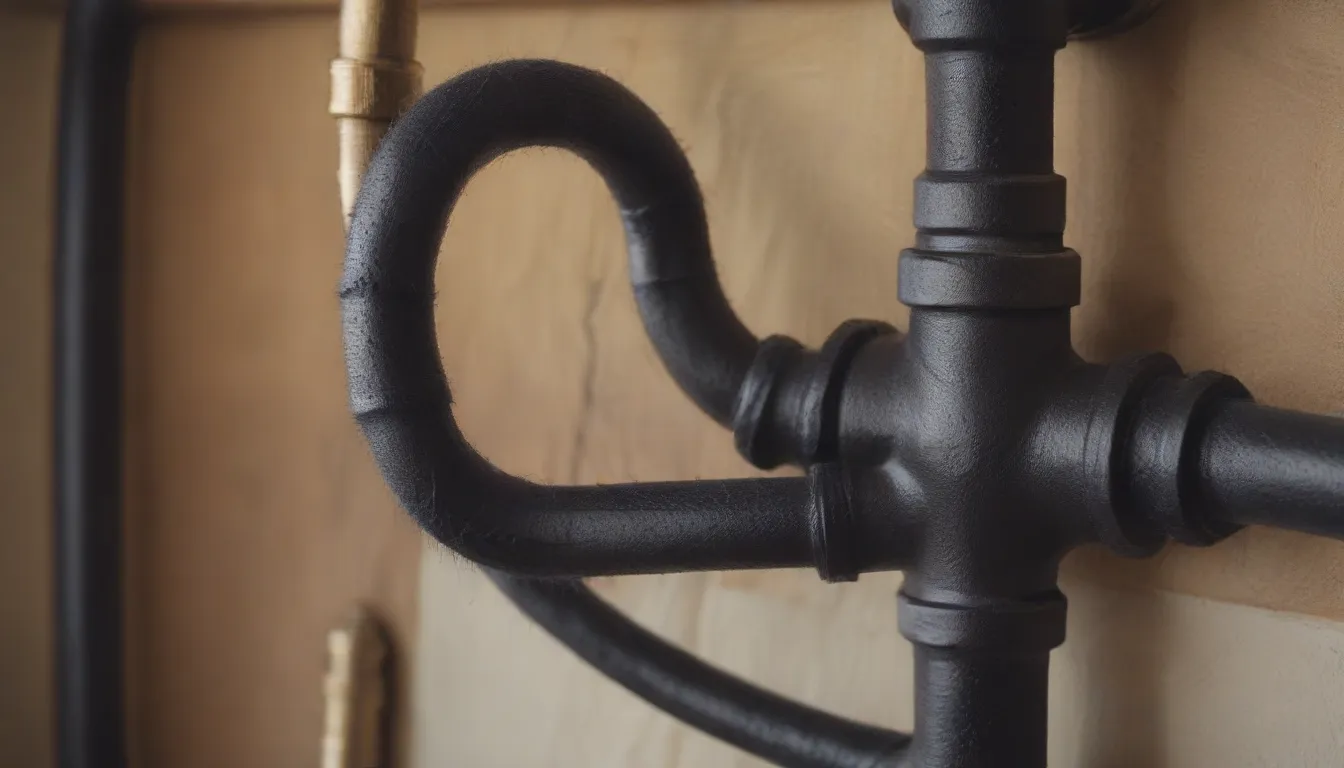
Are you in the process of building a new home or planning a significant renovation? If so, understanding rough-in plumbing is crucial to ensure your project runs smoothly and efficiently. In this in-depth guide, we’ll cover everything you need to know about rough-in plumbing, from what it is to how to properly complete it. Let’s dive in and explore this essential step in the construction process.
What Is Rough-In Plumbing?
Rough-in plumbing is the critical initial phase of installing the plumbing infrastructure in a building. This process involves setting up water supply lines, drain lines, vents, and pipeline connections after the foundation and framing are complete. In some cases, rough-in plumbing may even be done before pouring the slab. Once the basic infrastructure is in place and approved by a building inspector, the plumbing professionals can move on to the finish plumbing phase.
During the rough-in stage, excavation and laying of underground pipes connecting to the utility services to the main structure are completed. These pipes are then routed through wall cavities, vents stacks are extended to the roof, drain lines are connected to the sewer system or septic system, and water lines are connected to the main water supply valve. This phase lays the groundwork for the entire plumbing system in the building.
Why is Rough-In Plumbing Important?
Understanding the importance of rough-in plumbing is crucial for any homeowner or builder. Here are a few reasons why getting rough-in plumbing right is essential:
-
Ensures Proper Functionality: Rough-in plumbing sets the foundation for the entire plumbing system in the building. Ensuring that water supply lines, drain lines, and vents are correctly installed is crucial for the proper functioning of the plumbing system.
-
Prevents Future Issues: By completing rough-in plumbing correctly, you can prevent potential issues such as leaks, clogs, or drainage problems down the line. Doing it right the first time can save you time and money on future repairs.
-
Compliance with Building Codes: Proper rough-in plumbing is essential for compliance with building codes and regulations. Building inspectors will review the rough-in plumbing to ensure it meets the necessary standards before proceeding to the finish plumbing phase.
Rough-In vs. Finish Plumbing
It’s essential to understand the difference between rough-in plumbing and finish plumbing. While rough-in plumbing focuses on setting up the infrastructure of the plumbing system, finish plumbing involves installing fixtures and completing the final connections. Here’s a quick comparison:
- Rough-In Plumbing: Setting up water supply lines, drain lines, vents, and pipeline connections.
- Finish Plumbing: Installing faucets, fixtures, valves, and other final connections to complete the plumbing system.
How to Do Rough-In Plumbing
While DIY rough-in plumbing is not recommended for most homeowners, having a basic understanding of the process can be helpful. Here are some essential steps to consider if you’re tackling rough-in plumbing:
Factors to Consider:
- Gravity: Ensure that drain lines are installed to allow for proper drainage flow.
- Horizontal Drains: Avoid installing long horizontal drain runs to prevent issues with gravity flow.
- Venting: Proper ventilation is essential for the plumbing system to function correctly.
Step-by-Step Guide to Rough-In Plumbing:
-
Excavate and Lay Main Water and Drain Lines: The first step involves digging and laying the main water and drain lines from the utility connections to the building.
-
Measure and Drill Tub and Toilet Drains: Install tubs and toilets, marking and drilling holes for drain connections.
-
Drill Holes for Drainage and Venting: Drill holes for routing drain lines and vent stacks through wall cavities, ensuring proper gravity flow.
-
Run Water Lines: Install water lines close to fixtures, ensuring proper sizing and placement for efficient water flow.
-
Externally Vent Plumbing Equipment: Drill vent holes for plumbing equipment like water heaters and sump pumps.
-
Complete Water, Drain, and Vent Tie-Ins: Connect all water, drain, and vent lines to the main systems in the building.
-
Connect and Test Water Line: Connect water lines to the main service, install shut-off valves, and test the plumbing system for leaks.
Remember, rough-in plumbing is a critical step that requires expertise and knowledge of building codes. It’s always best to hire a professional plumber to ensure the job is done correctly and to code.
Hiring a Professional Plumber for Rough-In Plumbing
While it may be tempting to tackle rough-in plumbing as a DIY project, it’s essential to recognize the complexity and importance of this phase. Hiring a professional plumber with experience in rough-in plumbing can ensure that the job is done correctly and efficiently. Here are a few reasons to consider hiring a professional for rough-in plumbing:
- Expertise: Professional plumbers have the experience and knowledge to navigate the complexities of rough-in plumbing.
- Compliance: A professional plumber will ensure that the rough-in plumbing meets all building codes and regulations.
- Efficiency: Hiring a professional can save you time and ensure that the job is completed promptly and correctly.
Before embarking on a construction project that requires rough-in plumbing, consider consulting with a professional plumber to discuss your needs and ensure that the plumbing work is completed to the highest standards.
Conclusion
Rough-in plumbing is a vital step in the construction process that lays the groundwork for the entire plumbing system in a building. Understanding the importance of rough-in plumbing and hiring a professional to complete the job can ensure that your project is successful and free from future plumbing issues. By following the guidelines outlined in this article and working with a qualified plumber, you can rest assured that your plumbing system is in good hands. Remember, investing in proper rough-in plumbing today can save you time, money, and headaches in the future.
